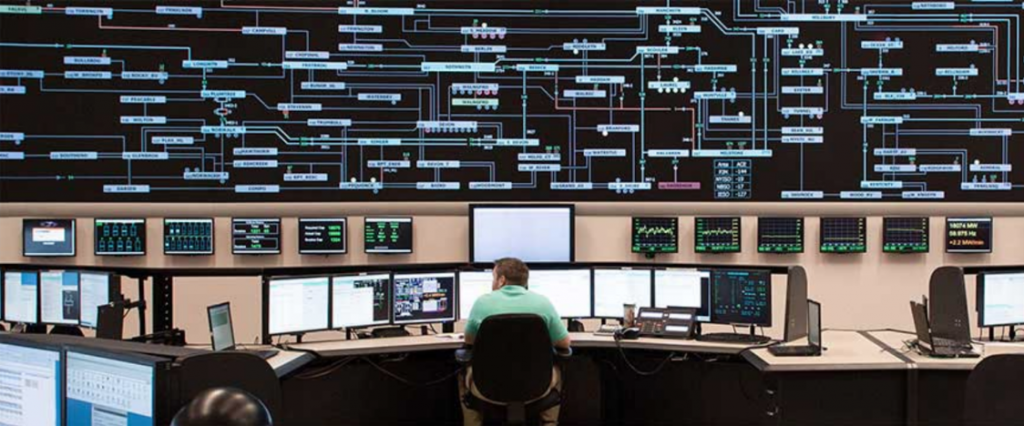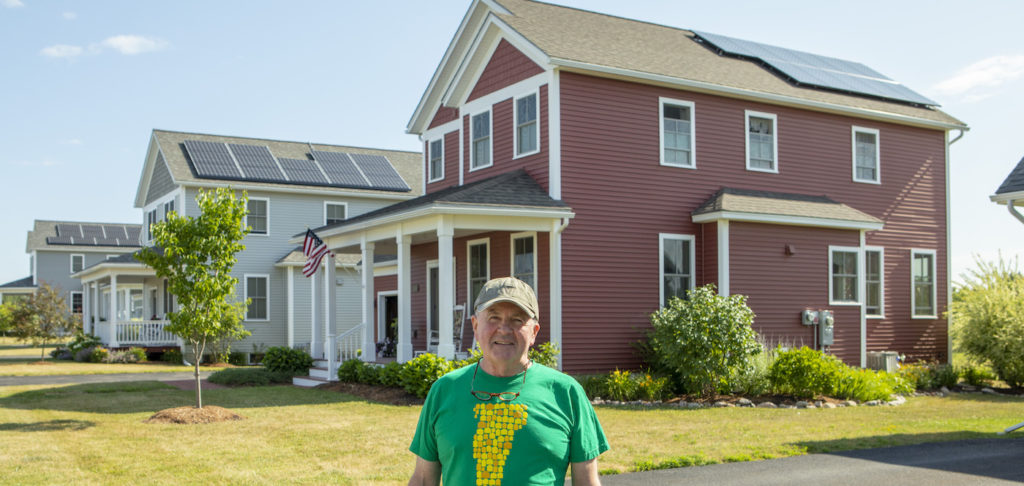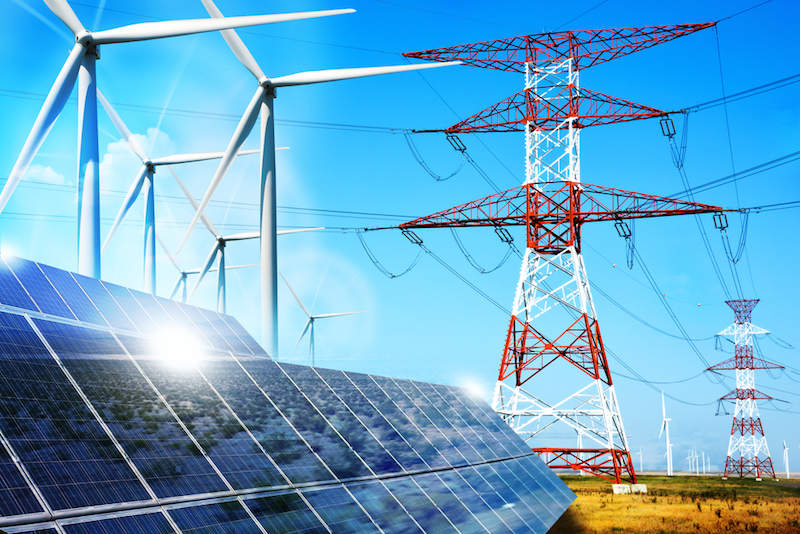Where does our electricity come from?
Today’s grid: old, dirty, and inefficient
Our current power system is over 140 years old and was designed around cheap and abundant (and dirty) fossil fuels. The grid has become increasingly complex over the years as our energy demand has grown, our sources of energy have shifted, and technology has evolved.
Today, renewable energy is actually cheaper than fossil fuels, so why are we still supporting this old and inefficient grid system when we have better alternatives?
There is an abundance of research indicating that a grid powered entirely by renewable energy is possible and will happen. The most recent study coming out of UC Berkeley outlines the process of getting off fossil fuels quicker than anticipated, at no extra cost to taxpayers. The only thing it lacks is political support.
It’s all based on supply & demand
Your utility company purchases electricity from various sources — could be solar panels on your roof or a nuclear power plant 200 miles away. Electric demand varies constantly, depending on the season, time of day, and a number of other factors. And when demand is higher, electricity is more expensive.
A power provider must always be prepared to handle the maximum demand placed upon the system at any given moment. The utility’s goal is to provide consistency and affordability to consumers. Therefore, they must be able to predict when demand will be highest. Luckily for them, there is a lot of data to help them with those predictions.
For example, ISO New England and New York ISO share, in real time, where 100% of the energy in our region comes from. The chart below shows on July 21, 2020, over 92% of the energy consumed in New England came from natural gas and nuclear power. So this is a good baseline to answer our question “where does our electricity come from?”


More of a visual learner?
Here’s a short video explaining our electrical grid.
From the power plant to your home
Now that we understand how utilities provide electricity to ratepayers, the next step is understanding the outdated system that delivers electricity from power plants far away to our houses, buildings and other infrastructure around the region. This is sometimes called the “hub and spoke” model.
Our current system uses high voltage power lines to transport lots of electricity over very long distances, from the powerplant to substations. At the substation, the electricity is converted to a lower voltage necessary for powering our homes and businesses. Unfortunately, there is an estimated energy loss of 8%-15% through this whole transmission process.
With all of this infrastructure already in place, it’s no surprise that utilities want to continue burning cheap fossil fuels. Consequently, we are experiencing a worldwide climate crisis that demands we change our ways. Our sources will require a shift from dirty power plants to renewable energy projects. Therefore, we need to think about how we support efficient, local, decentralized electrical generation. The plot thickens!


The role of regulation
At this point, we need to consider state utility regulatory policy. States and local utilities are gradually being required to increase the percentage of renewable energy they bring onto their grid. Therefore, they must rethink the “hub-and-spoke” model they’ve been relying on for the last century.
To meet these renewable energy requirements, they have two main options:
- Pay local renewable energy producers for their power that is generated by the hydroelectric dams, solar panels, and wind turbines.
- Purchase “renewable energy credits” from other, larger far away power generation systems. (Electrons produced by the renewable energy source may never make it to our state, but the state still puts those credits towards the renewables requirement. This allows states like Vermont to say they have “carbon-free” electricity, while purchasing credits from a nuclear power plant in New Hampshire or a hydroelectric dam in Canada.)
What will the grid of the future look like?
If we want a future powered by clean, efficient renewable energy, we need to ensure our state and federal policies require it. We must move beyond utilities merely paying for renewable energy credits and telling customers they’re consuming clean energy. It’s just not true. And, producing our energy locally is better for everyone. Supporting local renewables and energy storage allows for this transition while creating an affordable and more resilient grid. It also inevitably supports a local economy, keeping dollars local while creating lots of jobs.
Along with requiring energy to be produced locally, we also need public utilities to plan for and invest in the construction of the grid of the future. This means power lines and substations that allow for greater decentralized energy production taking place across the country. And, it means investing in energy storage infrastructure (i.e. giant batteries). That way, even if the sun isn’t shining, we’ve got energy stored up to keep the lights on.
As these policy and infrastructure changes begin to unfold, it will become easier to understand where your power comes from. That is the YOUtility we’re dreaming of.







